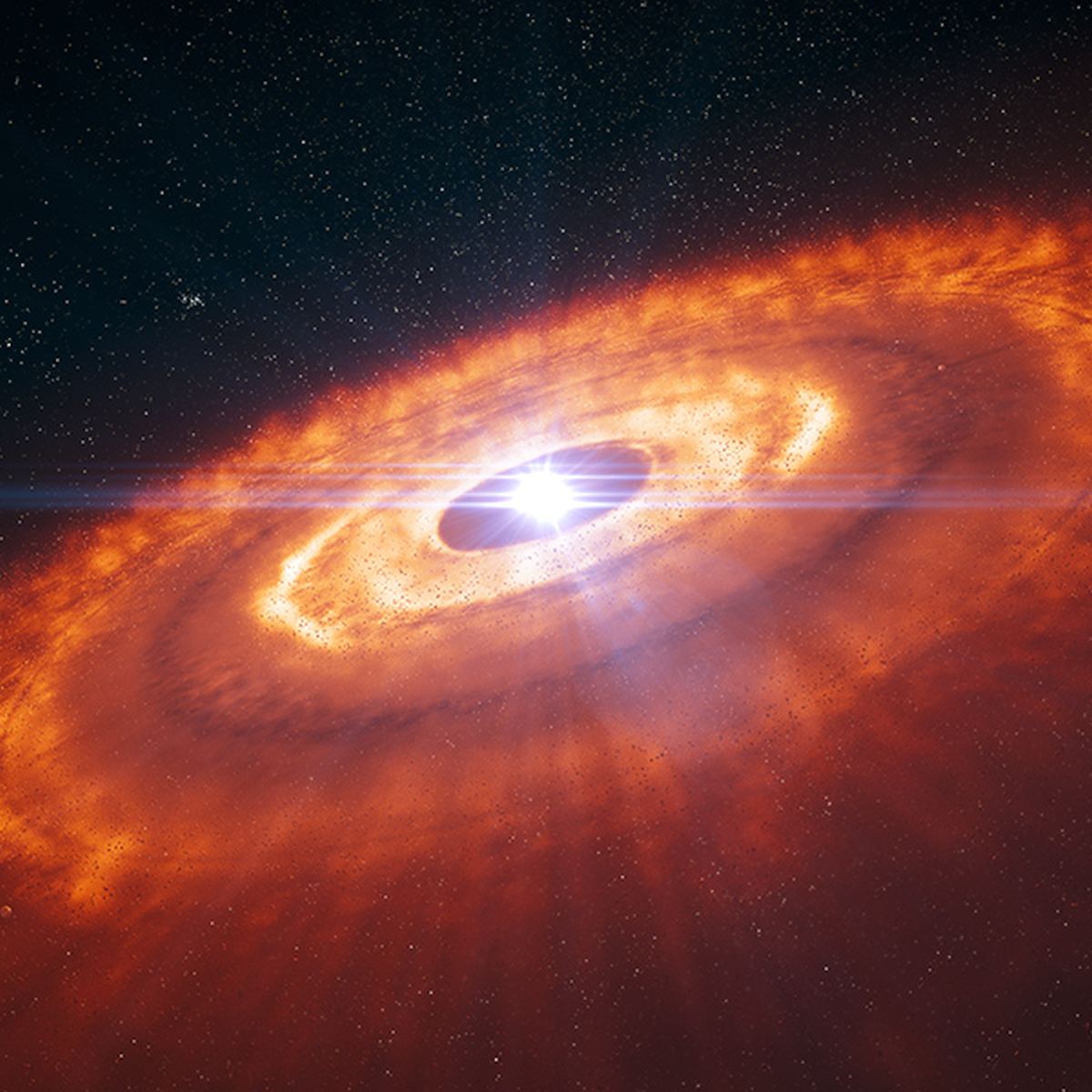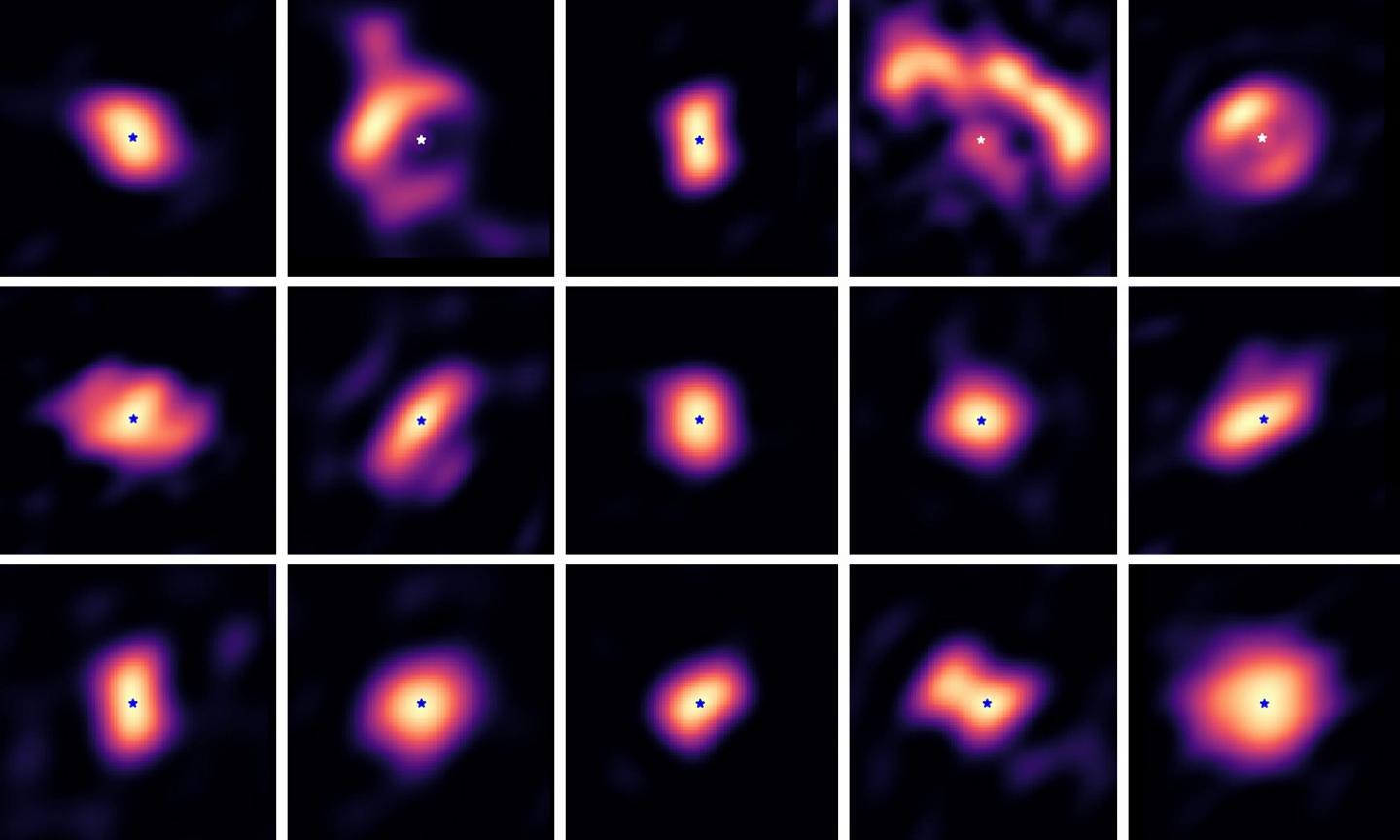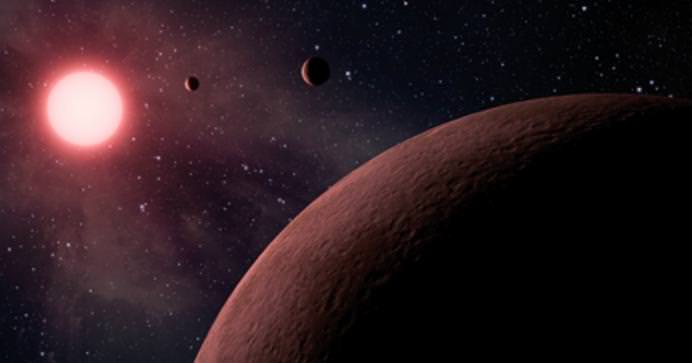[/caption]
Eleven ball in the side pocket. Whack! And another 26 planets are discovered! NASA just announced the latest tally and the new discoveries come close to doubling the amount of verified planets and tripling the number of stars which are confirmed to have more than one transiting planet. It’s just another score for understanding how planets came to be… planets which run the gambit from about one and half times the size of Earth up to the size of Jupiter. Of these, fifteen are judged to be between the size of Earth and Neptune – while more observations will reveal their structure. The new bodies orbit the parent star between 6 and 143 days and all are closer than our Sun/Venus distance.
“Prior to the Kepler mission, we knew of perhaps 500 exoplanets across the whole sky,” said Doug Hudgins, Kepler program scientist at NASA Headquarters in Washington. “Now, in just two years staring at a patch of sky not much bigger than your fist, Kepler has discovered more than 60 planets and more than 2,300 planet candidates. This tells us that our galaxy is positively loaded with planets of all sizes and orbits.”
Kepler is a busy-body. It monitors the brightness changes in more than 150,000 stars. Through repeated measurements, it is able to pick out minute magnitude fluctuations which occur as a planet passes between us, Kepler and the parent sun. The newly documented solar systems are host to between two and five closely situated transiting bodies. In such cramped systems, the gravitational interaction between the orbiting members means some are accelerated – and others decelerated – in their tracks. Faster orbital speeds account for changes in orbital periods… Changes that the Kepler mission documents as Transit Timing Variations (TTVs). For planetary systems possessing TTVs, no extreme study with ground-based telescopes is required to verify their existence and the technique allows Kepler to validate the presence of planetary systems around further and fainter stars.
What’s been found? Five of the systems documented as Kepler-25, Kepler-27, Kepler-30, Kepler-31 and Kepler-33, are home to a set of planets whose orbits double each other. The outer body orbits twice for every inner body orbit. Four of the systems, Kepler-23, Kepler-24, Kepler-28 and Kepler-32, are home to a pairing where the outer planet circles the star twice for every three times the inner planet orbits.
“These configurations help to amplify the gravitational interactions between the planets, similar to how my sons kick their legs on a swing at the right time to go higher,” said Jason Steffen, the Brinson postdoctoral fellow at Fermilab Center for Particle Astrophysics in Batavia, Ill., and lead author of a paper confirming four of the systems.
And now for the game ball… Kepler-33 had the most planets of all. With a parent star older and more massive than Sol, the system gives rise to five planets whose sizes run between one and a half to five times the size of Earth. But, this is one crowded grouping. All of the planets orbiting this star are closer than Mercury is to our Sun! Thanks to stellar properties, Kepler is able to distinguish planets like these. The drop in the sun’s brightness and the length of time it takes for the planet to transit all play a role in determining presence. With similar signatures verified around the same star, chances of false readings are unlikely.
“The approach used to verify the Kepler-33 planets shows the overall reliability is quite high,” said Jack Lissauer, planetary scientist at NASA Ames Research Center at Moffett Field, Calif., and lead author of the paper on Kepler-33. “This is a validation by multiplicity.”
Original Story Source: NASA News Release.



